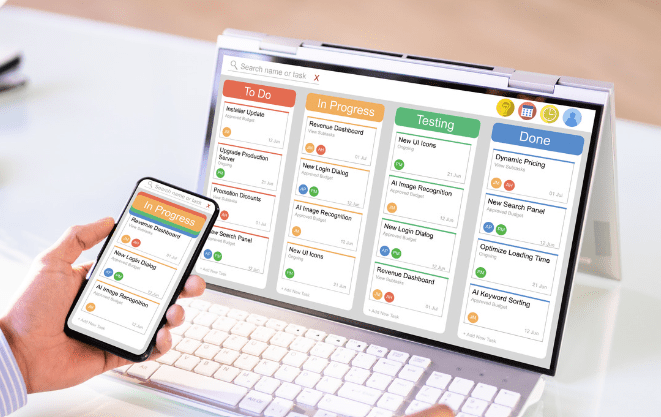Navigating the Product Roadmap

Introduction
As a Product Manager, developing and managing a product roadmap is a crucial aspect of your role. A well-crafted roadmap provides a strategic overview of your product’s future direction, aligns stakeholders, and ensures that your team is working towards common objectives. In this article, we will delve into the process of creating and effectively managing a product roadmap, equipping you with the necessary insights to navigate this critical task.
Understanding the Product Roadmap
A product roadmap is a visual representation of your product strategy, outlining the key initiatives, features, and milestones over a specific time frame. It serves as a communication tool, enabling you to align stakeholders and communicate the product vision effectively. Here’s a step-by-step approach to developing and managing a product roadmap:
- Define Clear Goals: Start by identifying the strategic goals and objectives that your product aims to achieve. These goals should be aligned with the overall business strategy and address customer needs and market opportunities.
- Gather Inputs: Collaborate with cross-functional teams, including engineering, design, marketing, and sales, to gather valuable insights and perspectives. Engage with customers, conduct user research, and analyze market trends to ensure your roadmap reflects customer needs and aligns with market dynamics.
- Prioritize Initiatives: Evaluate the gathered inputs and prioritize initiatives based on their strategic importance, impact on customer experience, and feasibility. Consider factors such as market demand, technical complexity, and resource availability.
- Visualize the Roadmap: Use a visual format to present your roadmaps, such as a timeline or a Gantt chart. Clearly outline the initiatives, features, and milestones, along with their estimated timelines. Ensure that your roadmap is easily understandable, concise, and visually appealing.
- Communicate and Align: Share the roadmap with key stakeholders, including executives, development teams, sales, and marketing. Conduct regular meetings to discuss and align the roadmap’s objectives, progress, and any necessary adjustments. Transparent communication ensures everyone is on the same page and fosters a sense of ownership and collaboration.
- Adaptability and Flexibility: Acknowledge that roadmaps are not set in stone and may need adjustments based on changing circumstances. Be prepared to reprioritize initiatives, add or remove features, or modify timelines in response to new information, market shifts, or customer feedback.
- Continuously Review and Iterate: Regularly review and evaluate the progress of your roadmap against set objectives. Solicit feedback from stakeholders and customers to identify areas for improvement and validate the roadmap’s effectiveness. Incorporate learnings into future iterations to refine and optimize your product roadmap.
Conclusion
Developing and managing a product roadmap is a dynamic process that requires strategic thinking, collaboration, and adaptability. By defining clear goals, gathering inputs, prioritizing initiatives, and effectively communicating with stakeholders, you can create a roadmap that guides your product toward success. Remember, a product roadmap is not a static document; it evolves as you gain insights and respond to changing market dynamics. Embrace the iterative nature of roadmap development, continuously review and iterate, and you’ll be well-positioned to steer your product toward its desired destination.






